SACRAMENTO — California’s High Speed Rail Authority created more questions than answers with the project update submitted Wednesday to the state legislature.
While upping the projected cost for the much-discussed 119-mile Central Valley segment to $12.4 billion [see “Report: Cost for California high speed rail segment rises by another $1.8 billion,” Trains News Wire, May 2, 2019] — or $13.5 billion at the Authority’s “high” estimate — projected ridership, dismal revenues, and operational losses are buried deep in the 217-page, legally required report.
The Authority relied on an analysis by DB Engineering & Consulting USA, Inc., a subsidiary of German railway giant Deutsche Bahn, prepared under a $30 million consulting contract. The Authority refers to DB Engineering as the “early train operator” although train operations are not included in the scope of work for this phase. If DB chooses to be the train operating company, it will need to negotiate a separate agreement with the Authority for that business.
The consultant’s analysis concluded that limiting high speed service to the truncated 119-mile segment between Wasco, Calif., and Madera — the section now under construction — would leave Bakersfield and Merced out of the picture, reducing ridership and connectivity. DB Engineering therefore “selected the Merced-Bakersfield segment as the only segment for further consideration.”
That 171-mile segment is estimated to cost $20.4 billion.
DB Engineering calculated ridership based using three separate, third-party forecasts. It cautions that it “does not own any of these models and does not have any control on the reliability of the data and the outputs from the models.”
The consultant’s forecast is for annual ridership of 1.7 million. Four trainsets would cover 20 runs in each direction daily, with two trainsets in reserve. Daily ridership pencils out to 4,600, and each train would carry about 116 passengers, only 14 percent of whom would ride end to end.
Annual fare revenue of $30.5 million is projected, or about $18 per passenger. Ancillary revenue, from advertising, fees, and other sources would add $6.9 million, for a total income of $37.4 million.
Nowhere in the financial study or the update report is a profit and loss statement, but it can be calculated from the DB Engineering analysis of projected costs. These total $105.3 million, resulting in a net loss of $67.9 million. These figures do not account for amortization of upfront capital costs.
Included in these costs is a $9.6 million profit for the train operating company, which would be DB Engineering if it chooses.
Missing from these financials are the trains themselves. The cost of trainsets is not accounted for in the Authority’s construction budget, and the DB Engineering document states clearly that operational costs assume that all assets and capital costs have been paid for and provided to the train operating company at no charge.
The Authority estimates that a total of $20 to $23 billion is available to it, just enough to complete the longer segment at current cost estimates. But there are significant risks to some of those funds.
Earlier this year, the U.S. Department of Transportation said it would take back $3.5 billion in previously-approved grants. The Authority is also counting on future funds from California’s cap-and-trade program, estimated at $6 to $9 billion, but which have a history of unpredictability. The state legislature must also authorize an additional withdrawal of $4.2 billion from Proposition 1A bond funds.
The consultant’s and Authority’s main rationale for the $20.4 billion Central Valley line is that by greatly increasing service in the Bakersfield to Merced corridor, it will generate additional ridership and lower average cost per train-mile when combined with Amtrak’s San Joaquins and the Altamont Corridor Express.
By the financial study’s reckoning, it would reduce combined losses of $82.8 million to $62.6 million. But that’s spread among two (without HSR) or three agencies, and still increases overall costs from $140 million to $228 million. California taxpayers will have to make up the difference.
They may decide that they want the additional societal benefits from high speed rail. Added jobs, economic benefits to the Central Valley, lower emissions, and reduced traffic are often cited.
“If we don’t build high speed rail, we’re going to have to spend billions of dollars on other infrastructure,” says Adam Cohen, a researcher at the Berkeley Transportation Sustainability Research Center. He also points out that as the high speed line is built out, it can form the backbone of a statewide rail system connected to existing and future operations.
But the now far-less ambitious project faces many hurdles. It can complete construction from Bakersfield to Merced — if it can keep the funds it was promised by the federal government, if construction costs don’t exceed all available funds, if all those funds materialize, if construction isn’t delayed, and if all else goes right.
Someone also needs to buy or lease six high speed trainsets, and operating losses will have to be covered.
Lenny Mendonca, chairman of the California High Speed Rail Authority, positions the Central Valley segment as a way to “demonstrate the viability of the broader project” in the report’s cover letter. He argues that to walk away from the project, which has already spent $5 billion, would lead to lawsuits, job losses, and nothing to show for the debts.





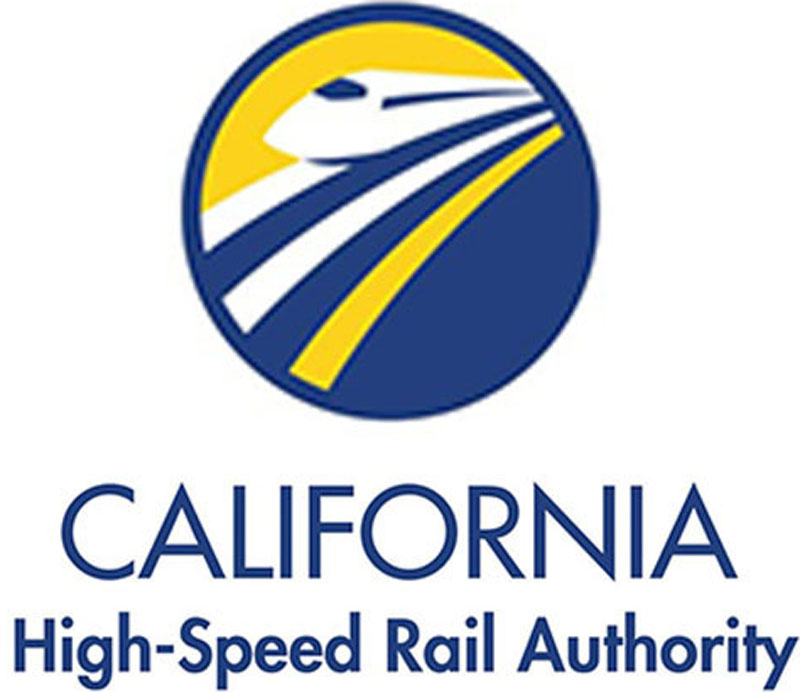

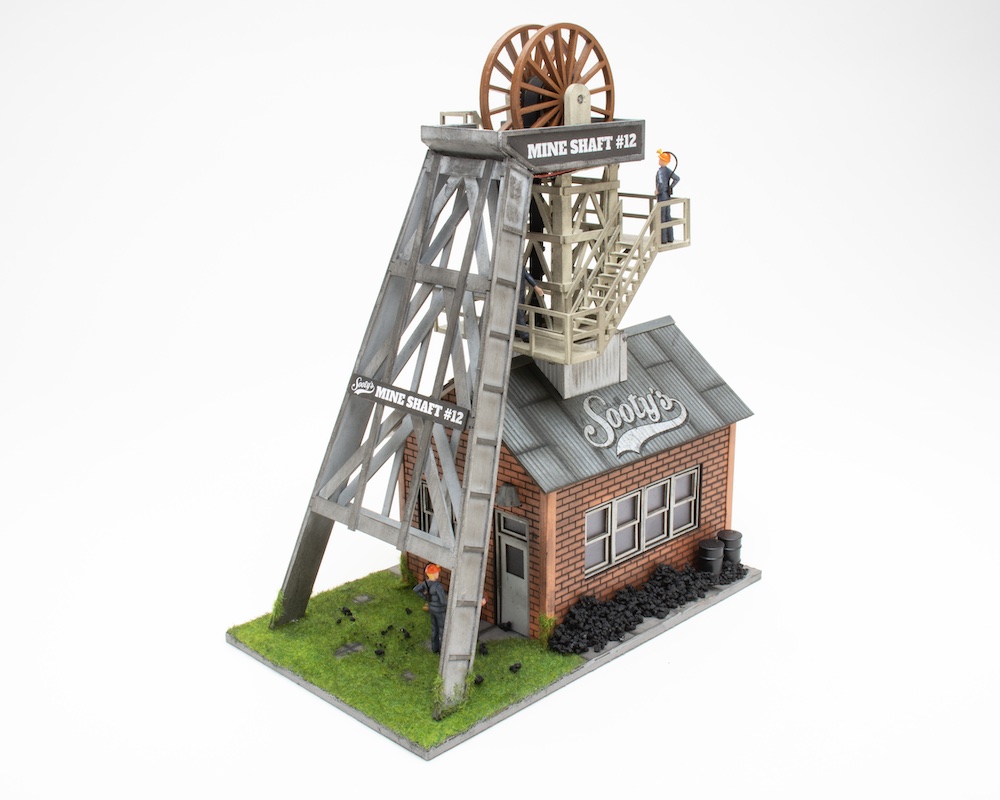
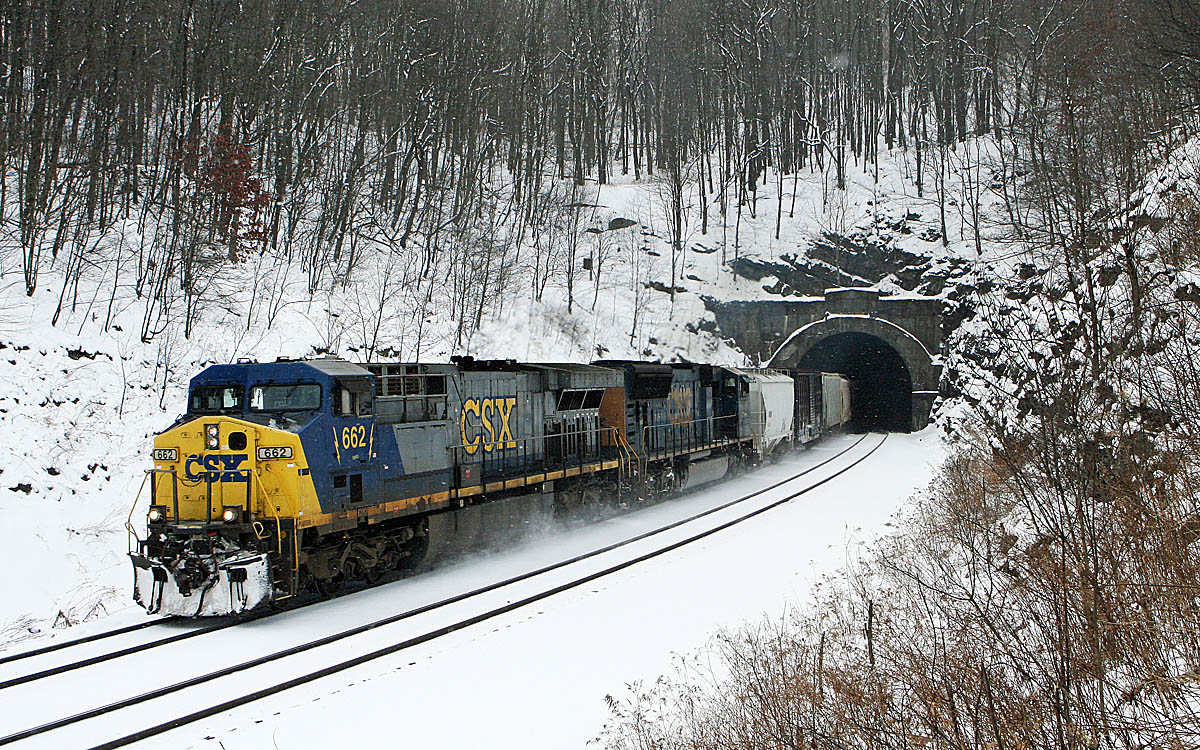
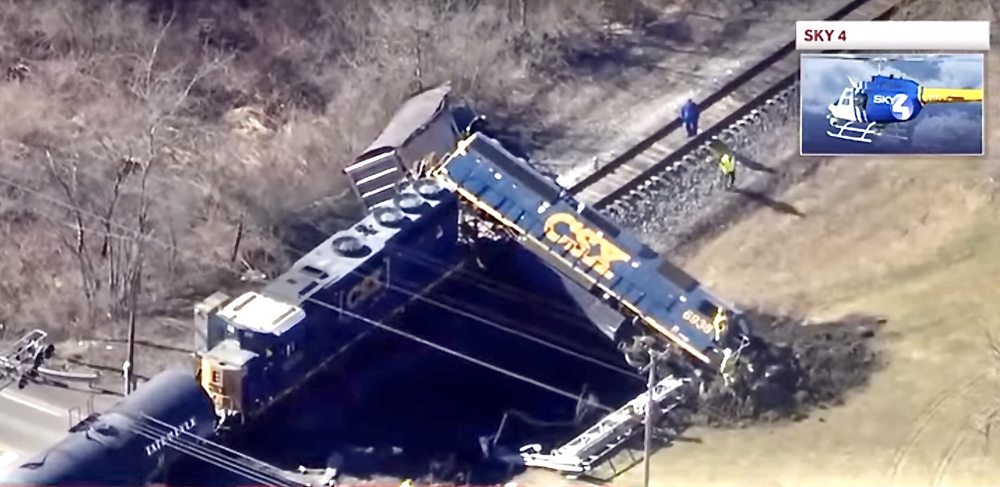
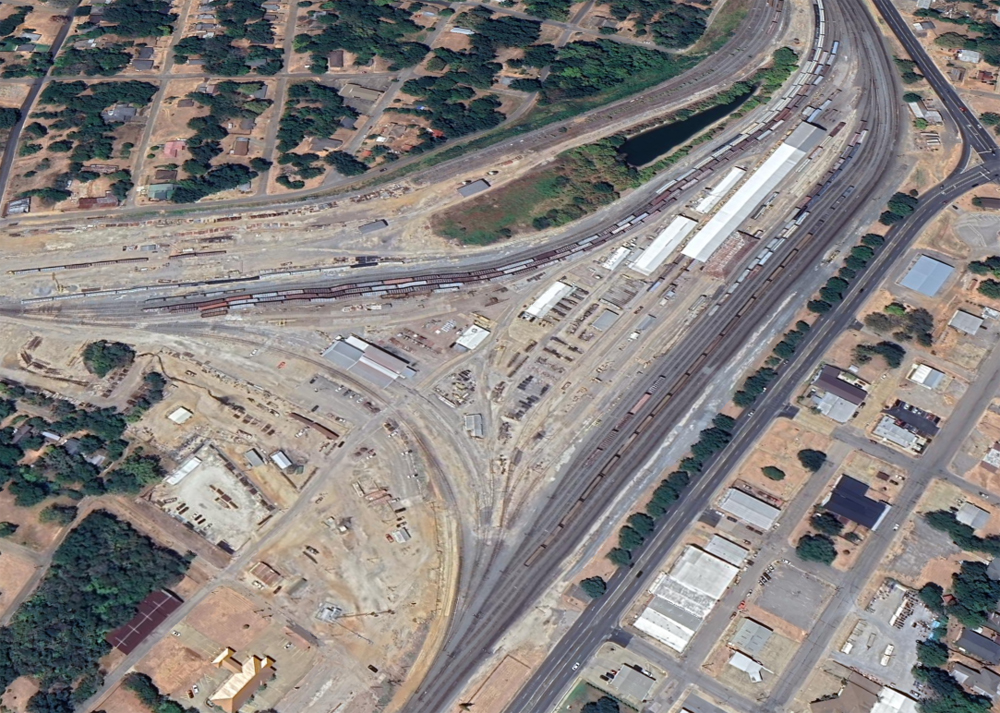




Former Governor Jerry Brown’s trainset, a very expensive layout. He could have upgraded existing service, which is very good, and popular, at a fraction of the cost.
FWIW. Currently the San Joaquin trains have over 1,000,000 passengers a year. Or roughly 200+ passengers per trip a day. (1,000,000 divided by 50weeks divided by 5 business days in a week divided by 14 trains a day or 7 in each direction).
Fuzzy math and only intended as ballpark numbers.
Virgin Trains USA and Texas Central are setting a good example of how to build new passenger rail lines including high speed rail. The California High Speed Rail Authority should follow their example.
As for buying train sets, the Authority should consider buying Amtrak’s first generation Acela Express trains due to be replaced in 2021. The trains could be refurbished and regeared for much higher speed beyond the current 150 mph maximum. This would be the economic alternative to buying new trains. Seeing the former Acela Express trains in a new paint scheme would be an interesting sight to behold.
Running an isolated segment is not what will bring travellers on the trains. I do agree with CL that the trains should be through one from the bay area or the state capital. The services could be using bimode sets like the Talgo S730 from RENFE of Spain, see https://en.wikipedia.org/wiki/RENFE_Class_730 for detail.
The consultants estimate 20 runs a day between Merced and Bakersfield with a ridership of 114 per train. How the heck did they come up with that high a ridership on a relatively isolated section of track in the central valley and running so many trains.
I could see reasonable ridership if the trains operated between LA and the Bay area but between Merced and Bakersfield. Some is smoking something:-)
For the billions being spent on this high speed project and its only a small piece of what was projected to be a much larger line, the money could be used to upgrade existing right of way with new and improved stations and new equipment and above all improved and increased service 24/7. When you talk to people, the general feeling is that they want reliable, timely train service , trains that operate on time, are efficient and clean as well as affordable fares with good and seamless connections to other forms of transit. High speed rail is extremely expensive to build, maintain and operate and not to mention ongoing security and safety concerns. An electrified, high speed line must be fenced in, and guarded around the clock (Terrorists will attack an electrified, high speed line quicker than conventional rail) Also higher premium fares to ride on a high speed train. (after all you are paying for the time saving quick wayto your destination) My solution would be to take the money being spent on this time wasting, money wasting project is to rechannel the money to improving and expanding the exisiting network o trains and do it with diesel trains or DMUs and coaches. And you can get good, speeds with a diesel train. People want reliable, timely dependable train service and with reasonable fares. and you can do with a conventional train and don’t need high speed rail to do it and you save money in the end and the savings go back into maintaining a first class, reliable rail system.
Why can’t there be through diesel service to cities north and south, using the new tracks as the central segment? No reason to string wire or to buy trainsets incompatible with existing rails.
Living no where near “Cali”, it’s kind of easy to chuckle at this. To think the best reason the project chairman could come up with to finish it is because of concern of how dumb they would look to not finish it…
I’m not there, so maybe it makes sense, but sure seems pretty iffy.